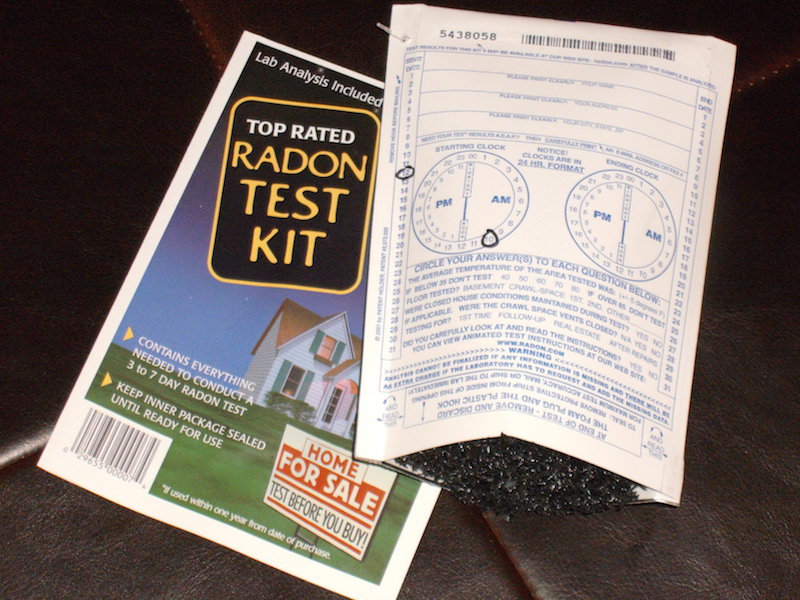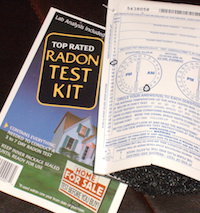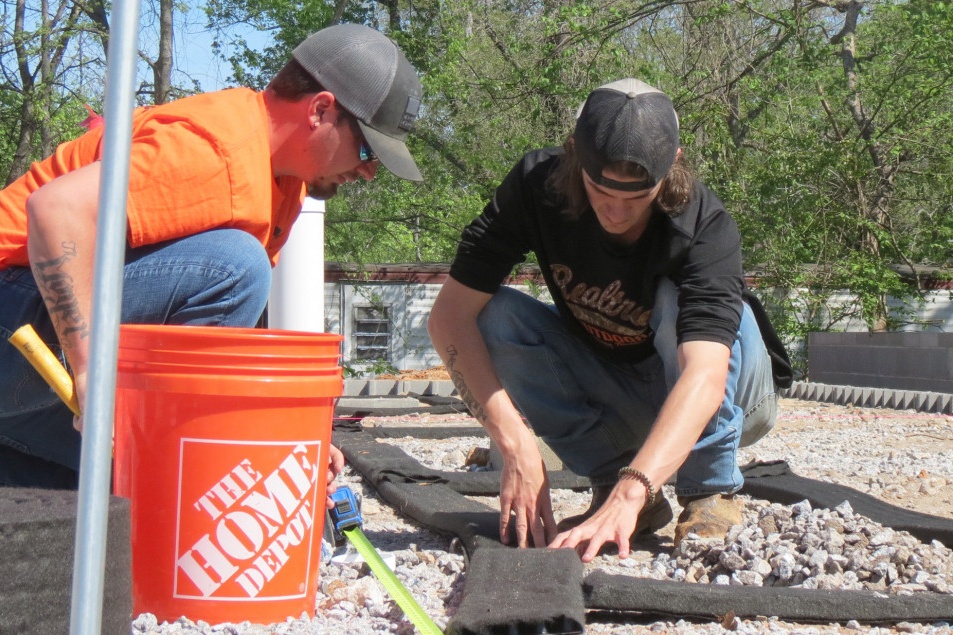June is National Healthy Homes Month, and as we spend more time at home, many of us have become more aware of the air we breathe indoors.
According to the U.S. Environmental Protection Agency (EPA), indoor pollutant levels can be two to five times higher than outdoor pollutant levels. There are several sources of indoor air pollution, including tobacco products, fuel-burning appliances, building materials, excess moisture, household cleaners and radon.
Radon is a radioactive gas that is the leading cause of lung cancer for nonsmokers. It is harmless outdoors but can be very dangerous when found in high quantities in a confined space, such as your home.
High levels of radon can be found in new and older homes. Radon is a gas that is formed naturally when uranium in rock, soil and groundwater breaks down. Most of the time, radon harmlessly dissipates into the atmosphere outdoors; however, when radon concentrates inside your home it becomes a problem. It seeps into your home through cracks and crevices, and can even enter through your well water. The EPA estimates that each year around 21,000 people die from radon-induced lung cancer.
You can order a radon test kit from University of Georgia Cooperative Extension for $15. The kit is hung in the lowest livable level of your home for three to seven days, then mailed off for analysis. If the test results are above four picocuries per liter, you can either test again or consult a radon professional about installing a radon mitigation system to fix the problem. The EPA action level is four picocuries per liter, which is the equivalent radiation dose of receiving 200 chest X-rays per year.
Radon is an indoor air problem that can be fixed, so don’t delay — test today.
In addition to radon testing, other steps to take to make the indoor environment healthier include not smoking indoors, repairing appliances, using a carbon monoxide detector, repairing water leaks, using kitchen and bathroom fans, following the directions on household cleaners and choosing less toxic products.
To learn more about National Healthy Homes Month, visit hud.gov/healthyhomes. For an interactive map of radon levels in Georgia, visit radon.uga.edu. You may also contact your local county Extension office by calling 1-800-ASK-UGA1 or visiting extension.uga.edu.







.png)
